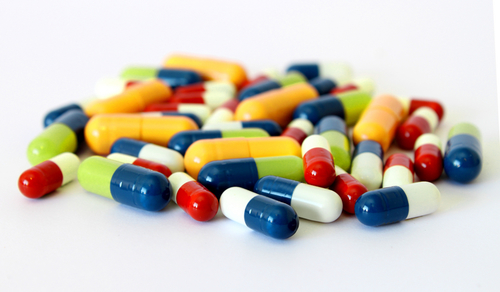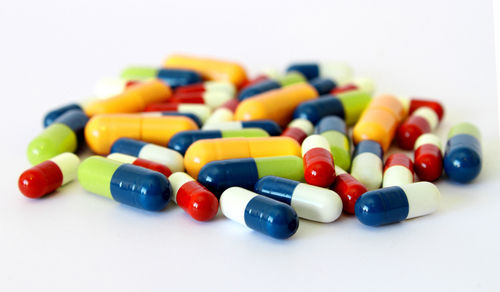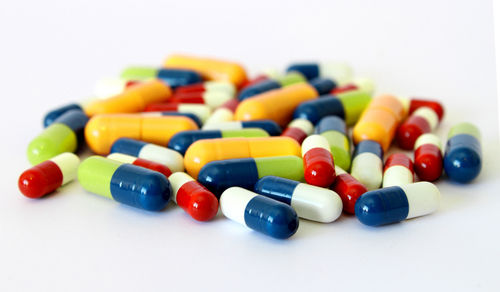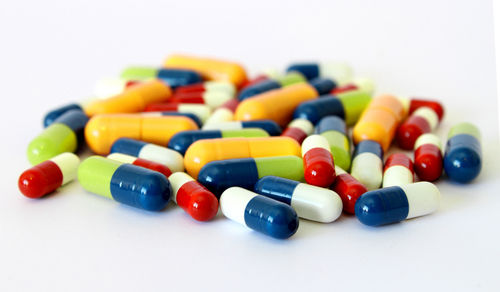Acebrophylline Capsule
Product Details:
- Drug Type General Medicines
- Ingredients ambroxol and theophylline.
- Physical Form Capsules
- Suitable For Adults
- Storage Instructions Cool and Dry Place
- Click to View more
Acebrophylline Capsule Price And Quantity
- 76 INR/Box
- 300 Box
Acebrophylline Capsule Product Specifications
- General Medicines
- Adults
- Capsules
- ambroxol and theophylline.
- Cool and Dry Place
Acebrophylline Capsule Trade Information
- Cash Advance (CA) Cash in Advance (CID)
- 300 Box Per Month
- 1 Months
- Yes
- Sample costs shipping and taxes has to be paid by the buyer
- Western Europe Asia Australia North America Eastern Europe Middle East South America Central America Africa
- All India
Product Description
Features:
- Have targeted mode of action
- Also considered as potent neuronal Na+ channel inhibitor
- Possesses anti-inflammatory property
Acebrophylline belongs to category of drug groups primarily affecting the respiratory system drugs. Acebrophylline is a type of alkaloids and it used to treat COPD. Acebrophylline is an air way mucus regulator with anti-inflammatory action.
Acebrophylline has 3 actions namely bronchodilation, mucoregulation & anti-inflammatory action.
Indications:
Treatment of adult patients with COPD and bronchial asthma.
Usage:
â— As it is EDC free, hence safer than conventional Acebrophylline.
â— Acebrophylline has both mucous regulating and Bronchodilator effect unlike Theophylline.
â— Acebrophylline is more active than Ambroxol alone.
â— Acebrophylline has less adverse effect.
Drug Interactions:
The plasma concentration of acebrophylline may be concurrent administration of erythromycin, cephalexin, oxytetracyclline, oligomycin, lincomycin, cimetidine, clindamycin, allopurinol, quinolones, anticoagulants, etc. If concurrent use is essential, the dose of acebrophylline should be reduced. The concomitant use of acebrophylline and frusimide can potentiate dieresis, while concomitant use of acebrophylline with reserpine can cause tachycardia. Acebrophylline plasma concentration may be decreased in patients by co administration with drugs like phenytoin and barbiturates and in patients with smoking habit. Not to use with CNS stimulants.
Mechanism of Action:
Theophylline-7-acetate, as with otherxanthinic derivatives, has a bronchodilator effect dueto inhibition of the intracellular phosphodiesterases,followed by an increase of adenosine monophosphatecyclic levels, which promote the relaxation ofbronchial muscles.
Ambroxol modifies the mucous gel phase ofsecretions by decreasing the viscosity and increasingthe serous gel phase. It increases the mucociliaryclearance by stimulating cilia motility.
Acebrophylline inhibits phospholipase A, andphosphatidylcholine leading to lesser production ofthe powerful pro-inflammatory substances likeleukotrienes and tumour necrosis factor. By inhibitingthe synthesis and release of these inflammatorymediators, acebrophylline reduces inflammation, akey factor in airway obstruction, specially inchronic forms.
Pharmacology:
Acebrophylline increases the synthesis and release of alveolar surfactant, resulting in triple action: mucoregulation, stimulation of bronchoalveolar clearance, and antiinflammatory-antireactive effect. In patients with chronic obstructive bronchitis, given the drug for 10-20 days, there was a good reduction in expectorateViscosity.
Pharmacokinetics:
200mg oral acebrophylline, the two components of the moleculeambroxol and theophylline-7-acetic acid are releasedin the stomach and absorbed in the intestine, reachingoptimal concentrations of ambroxol within 2hrs andof theophylline-7-acetic acid after 1 hr. The plasmahalf life varies from 4 to 9 hrs after oral administration.The drug is metabolized in the liver and eliminatedrenally.
Side Effects:
Epigastric pain, Nausea, Vomiting, Diarrhoea.
Contraindications:
Hypersensitivity to ambroxol, aacebrophylline, theophylline or any other xanthine derivative,Patient suffering from acute myocardial infarction, hypotension, hemodynamic instability and arrhythmias, renal disease or liver disorder.
Adverse Effects:
Abdominal, discomfort, stomach/ abdominal distenson, vomiting, diarrhea, constipation, heart burn, loss of appetite, esophageal bleeding, rashes, urticaria, itching, drowsiness, difficulty in breathing, leukocytosis and nasal inflammation. If chills and fever occur, the drug should be immediately discontinued. Tachycardia, fatigue, hypertension, albuminuria, glycosuria, hypotenstion, occastonally hyperglycemia.
Storage:
Store at room temperature, 15-30° C (59-86°F). Keep away from moisture.
Other Products in 'Drugs Capsules' category
 |
STUDIUM FORMULATIONS
All Rights Reserved.(Terms of Use) Developed and Managed by Infocom Network Private Limited. |
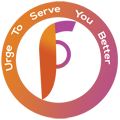
 Send Inquiry
Send Inquiry